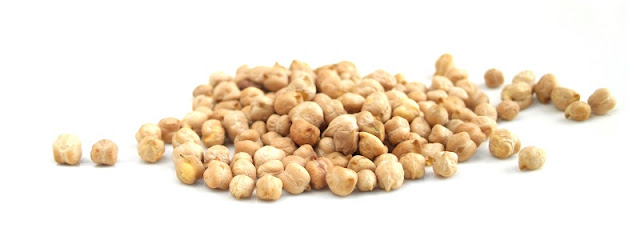Plywood Manufacturing With Its Types and Uses
The word ‘Ply’ is taken from the Latin word ‘Plier’ means ‘to fold'. Plywood is a material produced from fine layers of wood veneer plies that binds together with adjacent layers grains are vertically (90 degrees) aligned to each other. It is a manufactured design taken from the medium-density of fiberboards and particleboard. Plywood glued wood fiber sheets and resin to form composite designs.
History: The foundation of plywood dates back to the ancient Greeks and Egyptian eras, as they used to cut thin layers of wood and bind them together with the grain in perpendicular directions to make versatile designs. Bentham was the first one registered in describing the concept of laminating several layers of veneer from the wooden logs. This process was first known for plywood. Five decades later Immanuel Nobel, decoded that several layers of wood glued together would be stronger than a single thick layer of wood. He invented the Rotary lathe is the machine that understands the industrial applications of plywood. A lathe in which softwood like spruce or pine and hardwood like logs or birch are turned against a very sharp blade to peel it off in a semi-continuous or one big continuous roller.
Production:
Plywood production needs a tough wooden log called ‘peeler’ generally larger and straighter in diameter for processing into sawmills by dimensioned lumber which horizontally put all the wooden logs for peeling. The laid logs are then rotated about its long axis to a long blade pressed into it; resulted in a thin layer of wood to peel off. An adjustable nosebar may be a roller or solid pressed against the wooden logs to create a gap for the veneer to pass through the knife and nosebar which helps in keeping the veneer to get peeled in the proper thickness. After this veneers are cut into oversize dimensions to shrink with time. These sheets are then graded by their material types patched and bind with glue at a temperature up to 150 degrees Celsius at 2 MPa pressure to form a plywood panel. The small surface defects in a panel like knots, holes, and splits are patched, resized, or furnished as per the standards demand in the market.
Types of Plywood:
1. Softwood Plywood: It is usually made up of Douglas Fir or spruce or pine or cedar or redwood. It could be made up with a single type or combination of any two or three aforementioned materials combined for commercial and industrial purposes and in wooden flooring. The general dimension of softwood plywood is 4 by 8 feet with a thickness of around 1.4 mm to 4.3mm.
2. Hardwood Plywood: It is made up of wood from dicot trees, hardwood plywood is used for onerous end uses. Hardwood plywood is distinguished by its rigidity, marvelous strength, and creep resistance. Coupled with high impact resistance and planar shear strength made its ground-breaking contributions in heavy-duty wall structures and floors. It possesses great damage-and-wear resistance and surface hardness.
3. Tropical Plywood: Tropical plywood is made from mixed tropical timber trees. Originated from Asia, it could now be found in African and South-American countries. It has due to its strength, evenness of layers, density, and high quality. It is produced with high-standards and offered as a premium wood in certain countries. It is used for construction purposes in countries like the Philippines, Malaysia, Taiwan, and Dubai due to its low cost.
4. Aircraft Plywood: Aircraft Plywood often called high-strength plywood extracted from Mahogany, Spruce, or birch trees by using adhesives with increased resistance from humidity and heat. It is airplane-grade plywood used for aircraft manufacturing in World War II. The Plywood is made up of 3 or more plies of birch having 0.4 mm thickness have an extremely strong capacity and light.
5. Marine Plywood: Marine Plywood often called Waterproof Plywood made up of the durable face and core veneers. It is widely known for its water and fungal-resistant properties. Thus, it could also withstand wet and humid conditions. Therefore, used in outdoor doors and in areas where moisture is relatively higher than usual. Each wood Veneer made from tropical hardwoods has a negligible core gap which lowers down the chances of moisture or water-soaked by the plywood. The wood is glued with Exterior Weather and Boil Proof glue similar to other exterior plywood. It is widely used in wooden kitchen furniture.
TRADOLOGIE.COM is India’s first inquiry-to-deliver platform that offers a unique opportunity for both buyers and sellers. Buyers could buy bulk plywood waterproof from a wide variety of verified sellers and distributors at the most discounted plywood price in India by reaping the benefits of technology provided by TRADOLOGIE.COM. It provides hassle-free trade by cutting down the middle-men, and delivery time.




Comments
Post a Comment